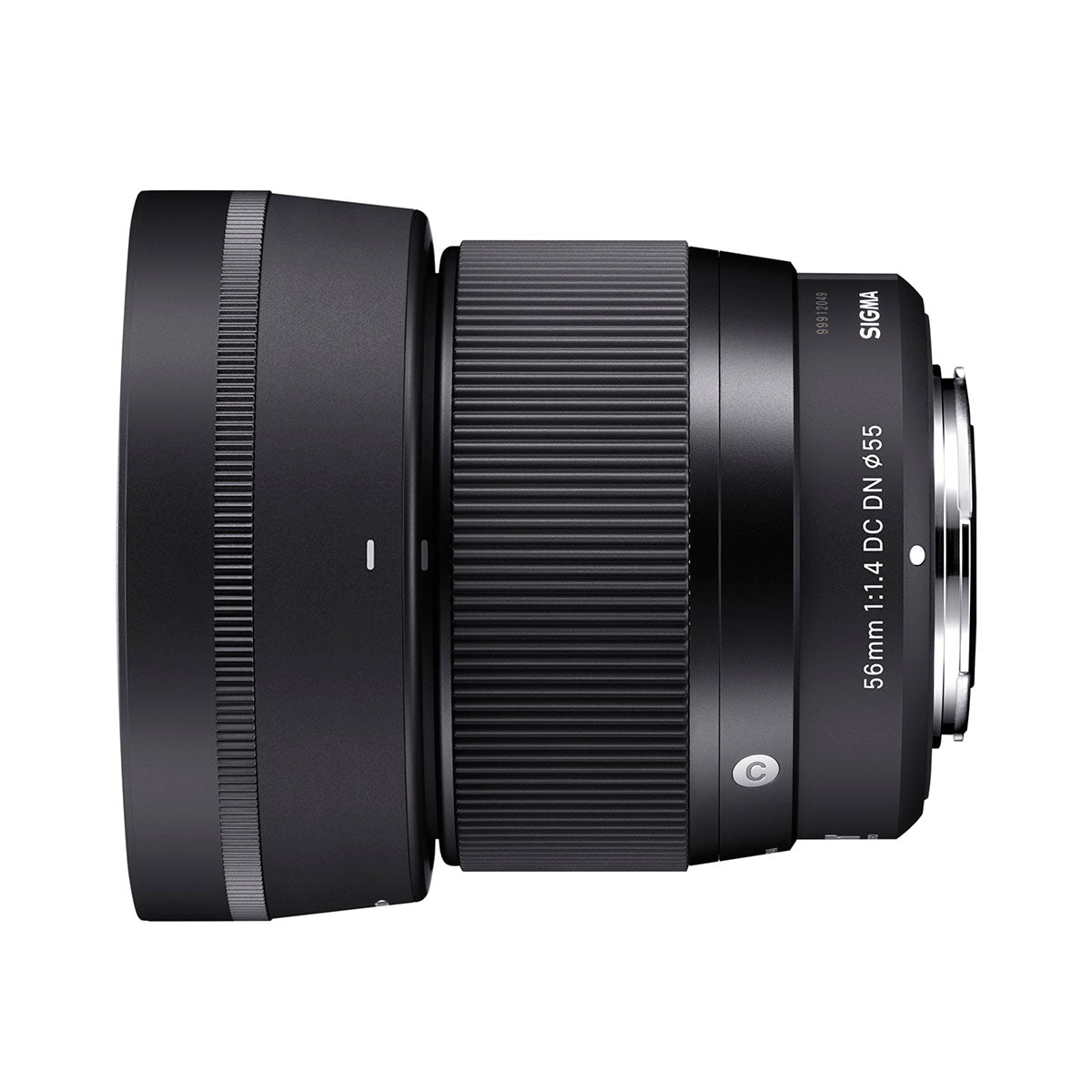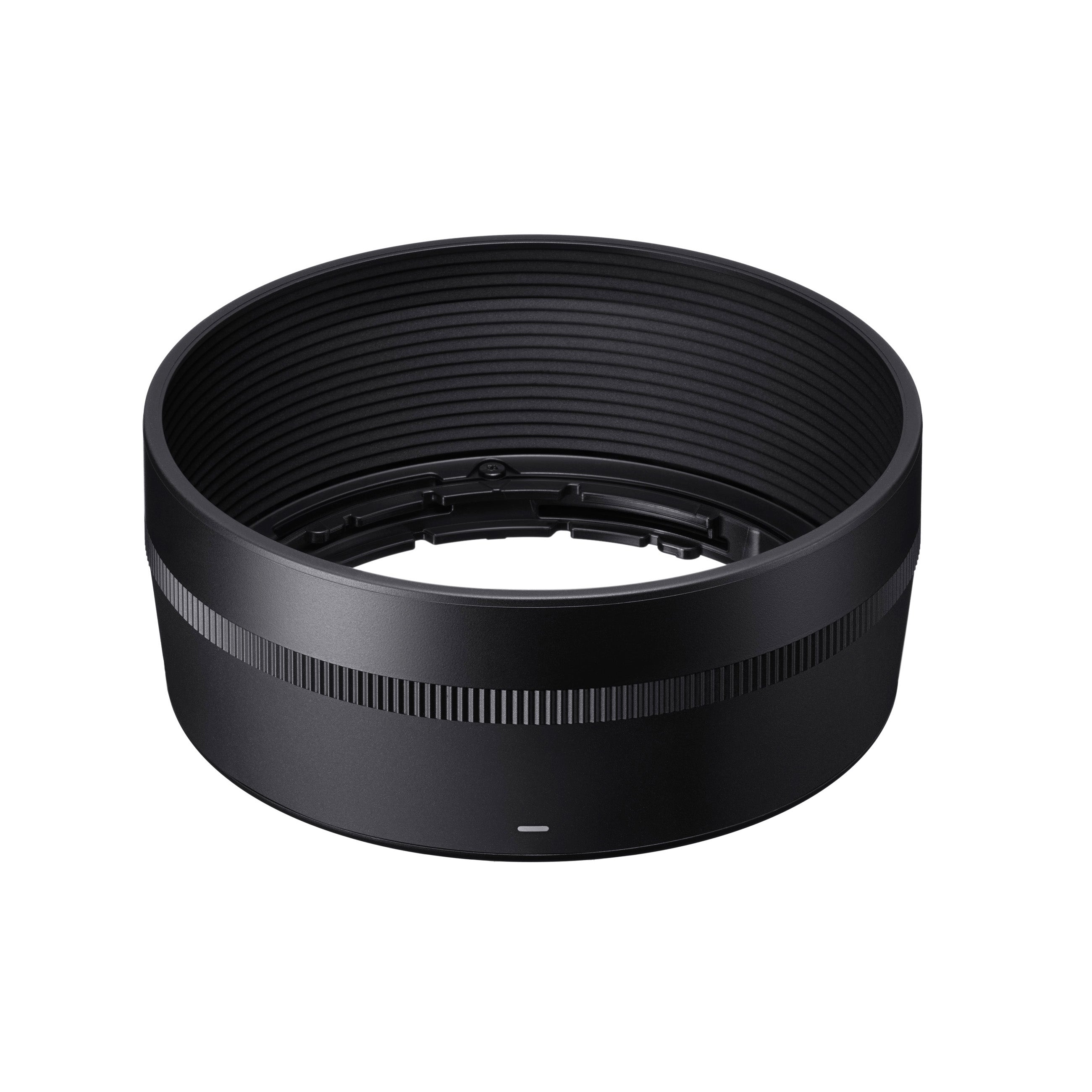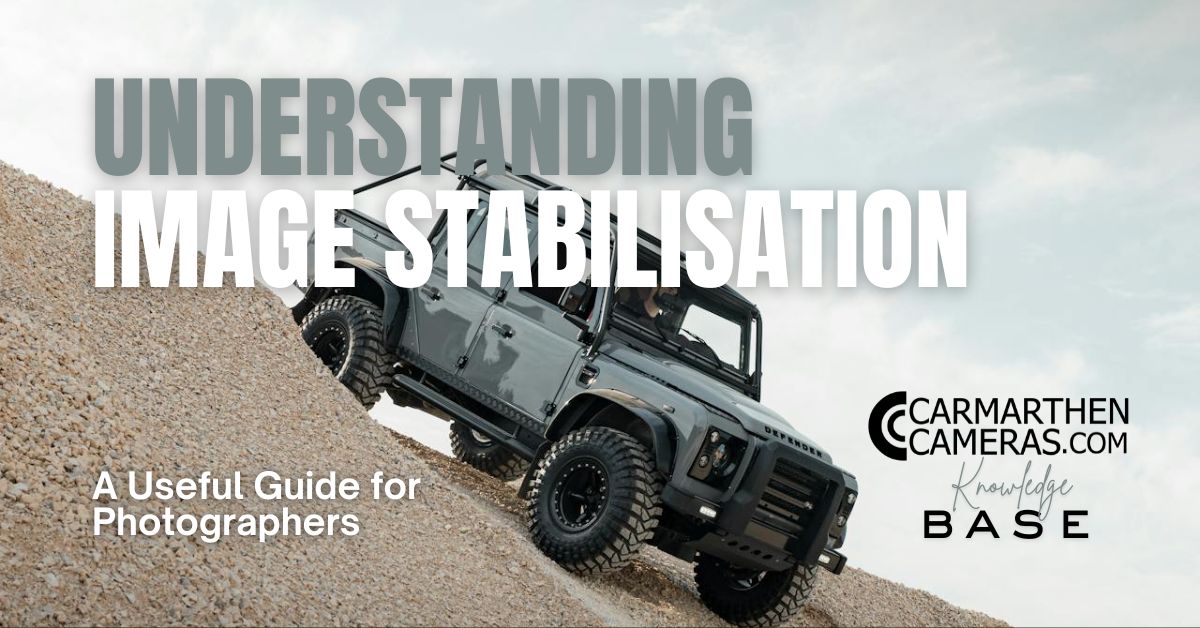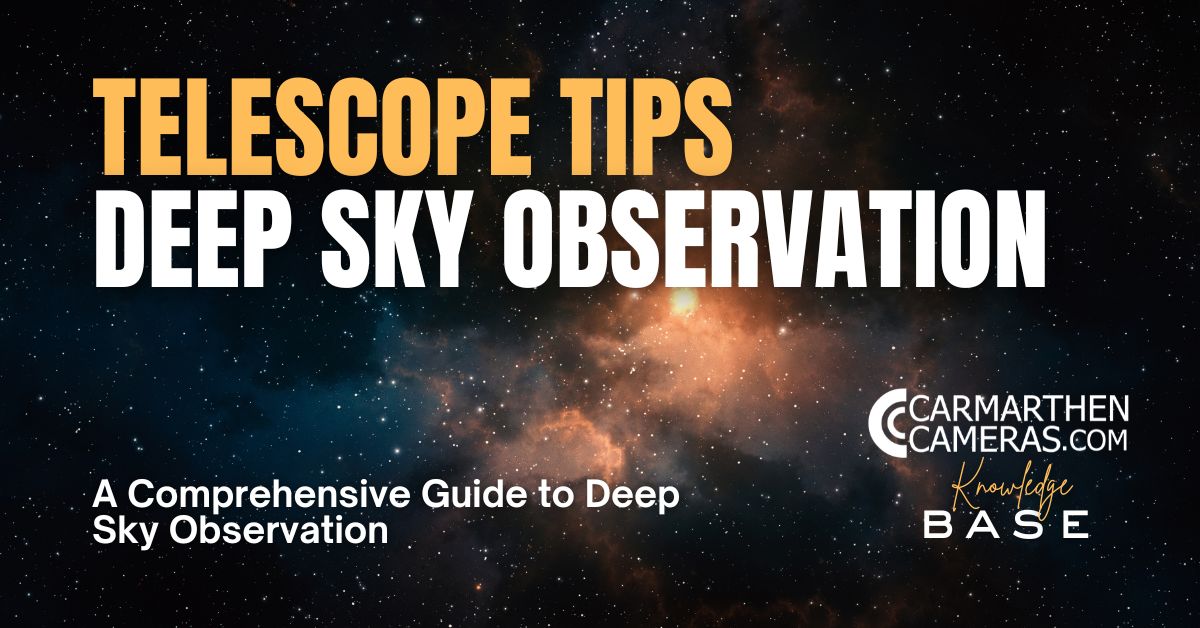Product Description
Introducing the Sigma 56mm f1.4 DC DN Contemporary Lens
Unlock the potential of your crop-sensor camera with the Sigma 56mm f1.4 DC DN Contemporary Lens, your go-to short-telephoto companion for portraits and travels.

Capture Stunning Portraits
Crafted to perfection, this short telephoto prime lens boasts exceptional image quality paired with an ultra-wide f1.4 aperture, all packed into a remarkably portable body weighing under 300g. Designed for photographers who demand both performance and convenience, it offers an equivalent focal length of approximately 85mm on APS-C sensor cameras and around 112mm on Micro Four Thirds, making it an ideal choice for portraits, weddings, travel, street, and pet photography. Its rapid autofocus capability also makes it a seamless fit for video projects.
The f1.4 aperture not only facilitates captivating, creamy bokeh backgrounds, perfect for highlighting your subject against any backdrop, but also ensures crisp, blur-free shots even in challenging low-light conditions. Available in various mirrorless mounts including L-Mount, Sony E-mount, Canon EF-M, Micro Four Thirds, and Nikon Z Mount, the Sigma 56mm f1.4 DC DN is part of a series of portable crop-sensor primes with an f1.4 maximum aperture, offering photographers the versatility of a cohesive lens range.

Built to Last, Crafted for Precision
Constructed with a durable yet lightweight polymer, this lens strikes the perfect balance between strength and portability, measuring a mere 57.5mm in length, making it the most compact optic in the f1.4 DC DN range. Its large rubberized focus ring ensures seamless manual focusing, while the included petal-type lens hood helps control unwanted flare in bright lighting conditions.
The robust brass mount, complete with a rubber seal (excluding EF-M mount), provides added protection against dust and moisture, ensuring reliable performance in various shooting environments. Equipped with inner focusing technology and a stepping motor, the lens delivers swift, precise autofocus for both stills and video, seamlessly integrating with the latest AF camera technology.

Outstanding Optical Performance
Featuring an advanced optical design comprising 10 elements in 6 groups, including 2 aspherical elements and 1 SLD element, this lens guarantees unparalleled sharpness and clarity while effectively minimizing common optical aberrations such as chromatic aberration, flare, and vignetting. Employing in-camera digital correction further refines the final output, ensuring exceptional image quality from corner to corner.
With superb control over chromatic aberration and minimal vignetting even at wide apertures, combined with advanced optical coatings that mitigate flare and ghosting, this lens delivers stellar performance in various shooting scenarios.

Low-Light Mastery and Beyond
The Sigma 56mm f1.4 DC DN excels in low-light conditions, thanks to its bright maximum aperture of f1.4, allowing ample light transmission—four times more than an f2.8 optic—ideal for handheld shooting in dimly lit environments. Additionally, the fast aperture enables exquisite background blur, empowering photographers and filmmakers to isolate their subjects effectively, creating visually impactful imagery with smooth, attractive bokeh that enhances rather than detracts from the focal point.

Perfect for Urban Exploration
For street photographers seeking agile, high-performance lenses with a compact build, the Sigma 56mm f1.4 DC DN is the ultimate choice. Its mid-telephoto focal length is tailor-made for capturing intricate details in bustling cityscapes, while the f1.4 aperture ensures swift shutter speeds in any lighting condition, enabling photographers to seize the moment with precision and clarity.

Two Lightweight Marvels for Crop-Sensor Cameras
Weighing in at just 285g, the Sigma 56mm f1.4 DC DN is one of the lightest lenses in the Sigma lineup, measuring less than 6cm in length (excluding hood and rear cap). Alongside its sibling, the 30mm f1.4, these lenses redefine portability without compromising on performance, making them indispensable tools for portrait and street photography alike.

Payment & Security
Your payment information is processed securely. We do not store credit card details nor have access to your credit card information.
















